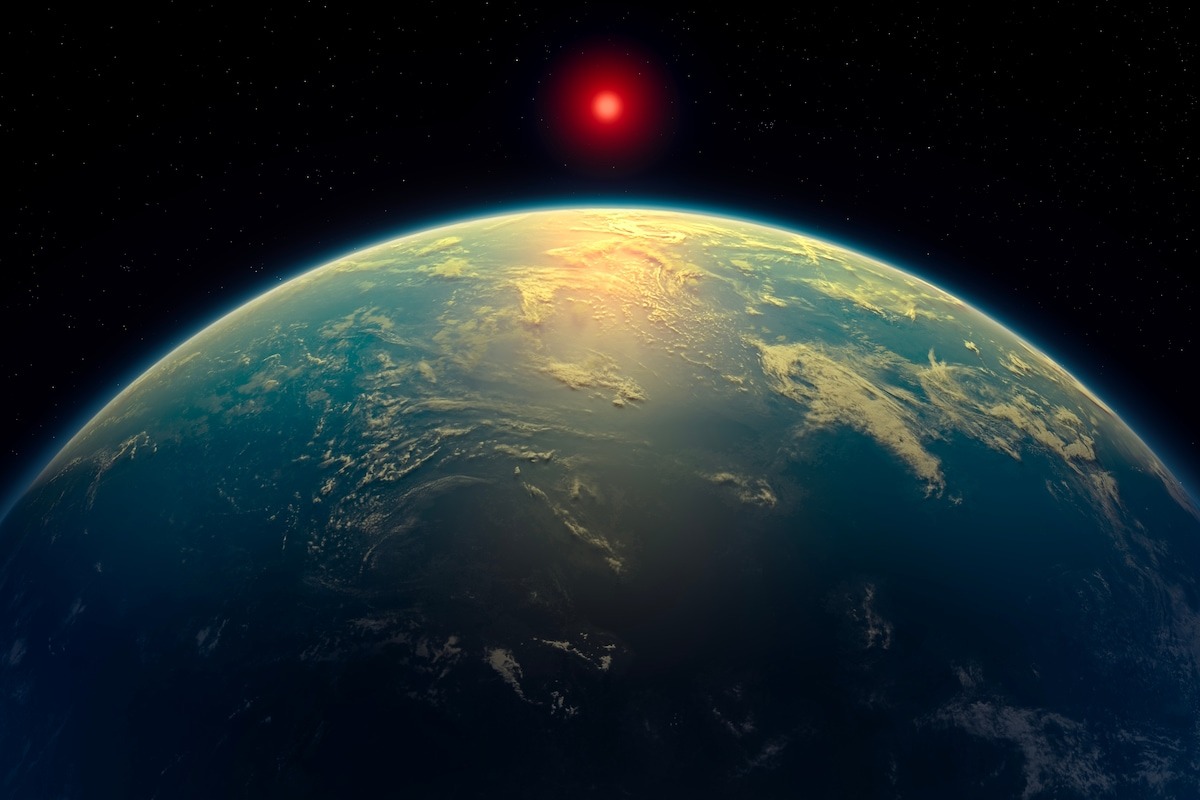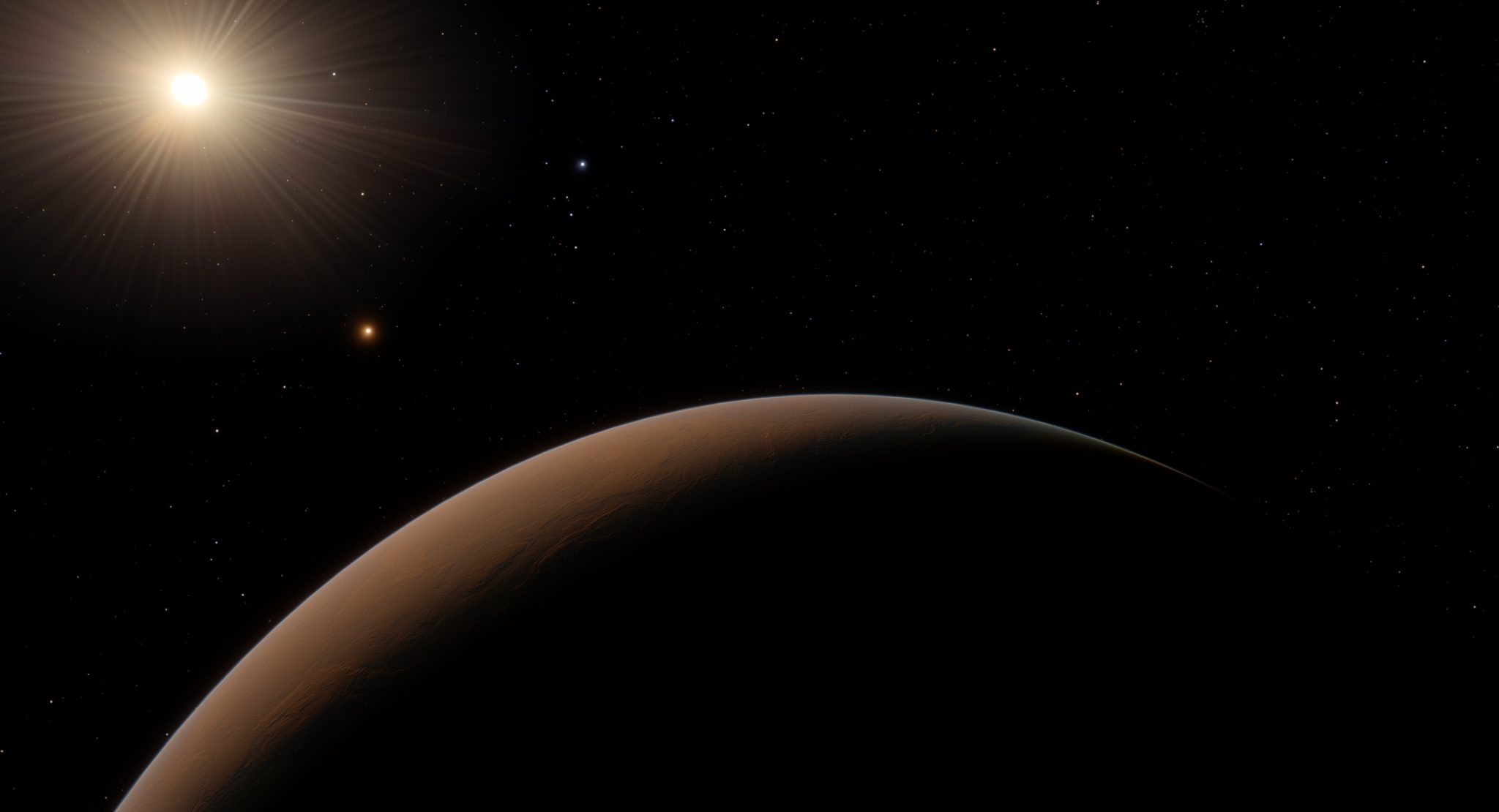This week, the news feeds around the world literally shook with a sensation — the James Webb Telescope detected the most powerful to date signs of extraterrestrial life on the exoplanet K2-18b about 124 light-years from the Sun. But journalists note the strange behavior of NASA — the organization does not comment on the discovery, although the study was conducted with the help of its flagship space telescope.

How did NASA respond?
After news appeared that a team of Cambridge astronomers had detected the strongest hints of atmospheric biosignatures, better known as “life signs,” on the watery planet K2-18b, located in the “life zone,” the aerospace administration decided to refrain from commenting. But a NASA representative offered a formulaic answer about the “sophisticated” search for life using the James Webb telescope when Washington Post reporters asked about the discovery of biosignatures that might indicate seaweed or other microbes.

“It requires tens to hundreds of hours of observation of a single planet. The results may be inconclusive due to the evolution of star and planet atmospheres over time, and planets may exist in orbits of relatively inhospitable luminaries. The detection of one potential biosignature does not mean the discovery of true extraterrestrial life,” the report said.
Comments from scientists
The researchers behind this incredible discovery on K2-18b are also not rushing to claim that they have found definitive proof of alien life. During the press conference, Cambridge astronomer Nikku Madhusudhan, who worked on the study and was lead author of a new paper about it in Astrophysical Journal Letters, insisted that he and his team were not rushing to conclusions.
“It’s not in anyone’s interest to prematurely claim that we have detected life,” Madhusudhan said, as quoted by the New York Times.
However, the astronomer has every right to cheer about the fact that his team has discovered the chemical compounds dimethyl sulfide or dimethyl disulfide, which on Earth are produced only by life.
“This is indeed a revolutionary moment,” Madhusudhan admired. “For the first time, humanity has discovered potential biosignatures on a habitable planet and comfort zone.”
Hidden joy
Notably, NASA has already pointed the James Webb and Hubble telescopes at K2-18b and found that its atmosphere contains carbon-containing molecules, including methane and carbon dioxide. However, this new discovery from Cambridge is the most convincing discovery to date of potential signs of extraterrestrial life.
This signal was earlier found to 1-sigma significance with JWST but now seems stronger, although I haven’t seen the paper yet to comment on robustness. Worth remembering that the detected molecule (DMS) does not necessarily mean life. But exciting JWST can touch this sensitivity! https://t.co/4br6ifumis
— P(David|Kipping) ∝ P(Kipping|David) P(David) (@david_kipping) April 17, 2025
After spending years analyzing the chemical signals of dimethyl sulfide and dimethyl disulfide, which on Earth are responsible for the ocean’s unique color, Madhusudhan and his colleagues were able to use JWST’s sensitive science instruments to check on K2-18b as it passed in front of the star around which it orbited. Astronomers spent a lot of time making sure it wasn’t a mistake or an accident.
While there are many reasons why NASA wouldn’t want to loudly announce that scientists have discovered alien life, it’s a little disappointing that the agency doesn’t talk more about the sensational find. Although, NASA scientists behind the scenes almost certainly can’t believe their discovery.
Earlier we reported on the top 5 false signs of extraterrestrial life in the history of science.


